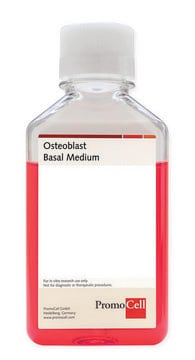CLL1222
Safe Harbor Landing Pad Cell Line HCT-116 Cancer Cells
human male colorectal tissue (Source Disease: Colorectal carcinoma)
About This Item
Produits recommandés
product name
Safe Harbor Landing Pad Cell Line HCT-116 Cancer Cells,
Source biologique
human male colorectal tissue (Source Disease: Colorectal carcinoma)
Niveau de qualité
Forme
frozen liquid (Vial of Frozen Cells)
Mode de croissance
Adherent
Technique(s)
cell culture | mammalian: suitable
Conditions d'expédition
dry ice
Température de stockage
−196°C
Description générale
Description de la lignée cellulaire
Application
Caractéristiques et avantages
Qualité
Milieu de culture
Informations légales
Mention d'avertissement
Warning
Mentions de danger
Conseils de prudence
Classification des risques
Met. Corr. 1
Code de la classe de stockage
8A - Combustible corrosive hazardous materials
Classe de danger pour l'eau (WGK)
WGK 2
Point d'éclair (°F)
Not applicable
Point d'éclair (°C)
Not applicable
Certificats d'analyse (COA)
Recherchez un Certificats d'analyse (COA) en saisissant le numéro de lot du produit. Les numéros de lot figurent sur l'étiquette du produit après les mots "Lot" ou "Batch".
Déjà en possession de ce produit ?
Retrouvez la documentation relative aux produits que vous avez récemment achetés dans la Bibliothèque de documents.
Notre équipe de scientifiques dispose d'une expérience dans tous les secteurs de la recherche, notamment en sciences de la vie, science des matériaux, synthèse chimique, chromatographie, analyse et dans de nombreux autres domaines..
Contacter notre Service technique






